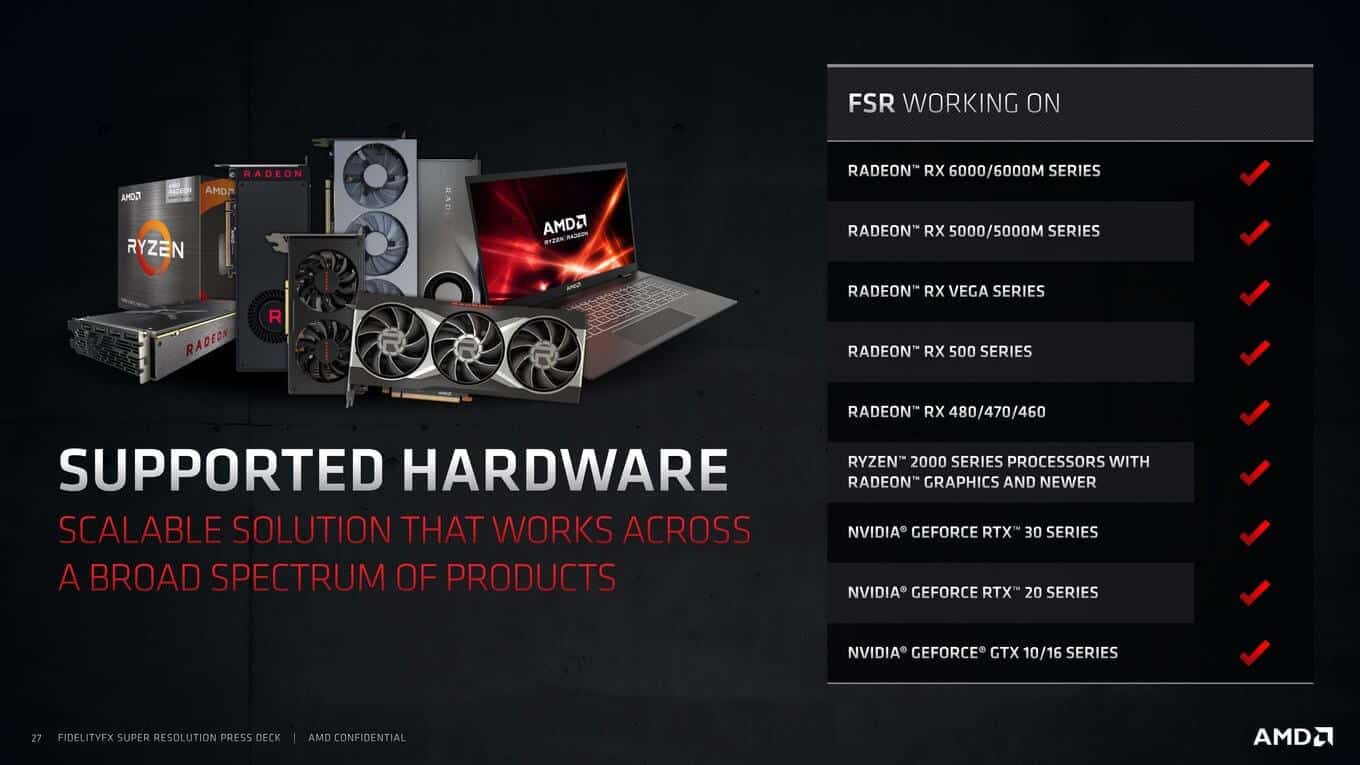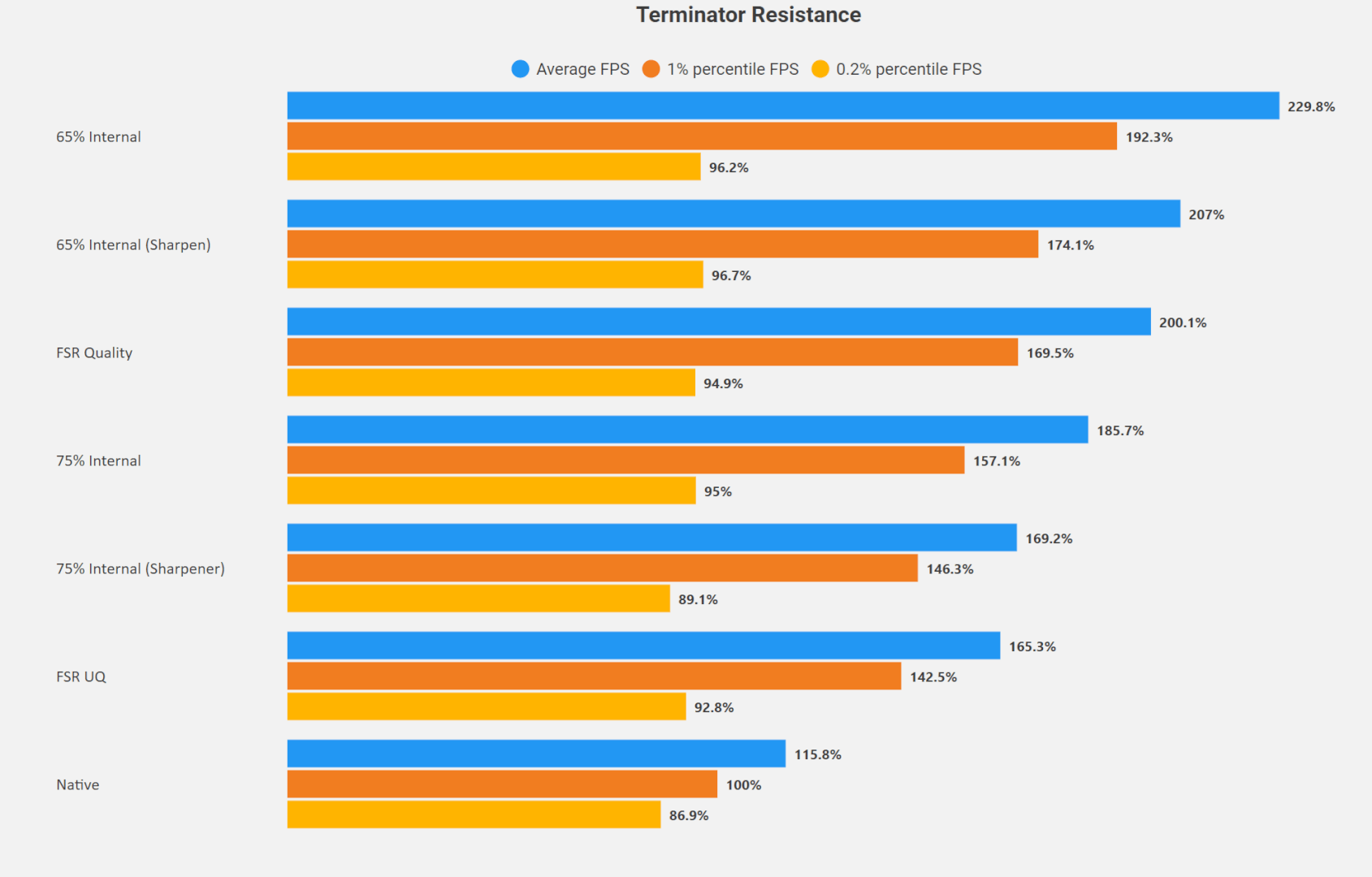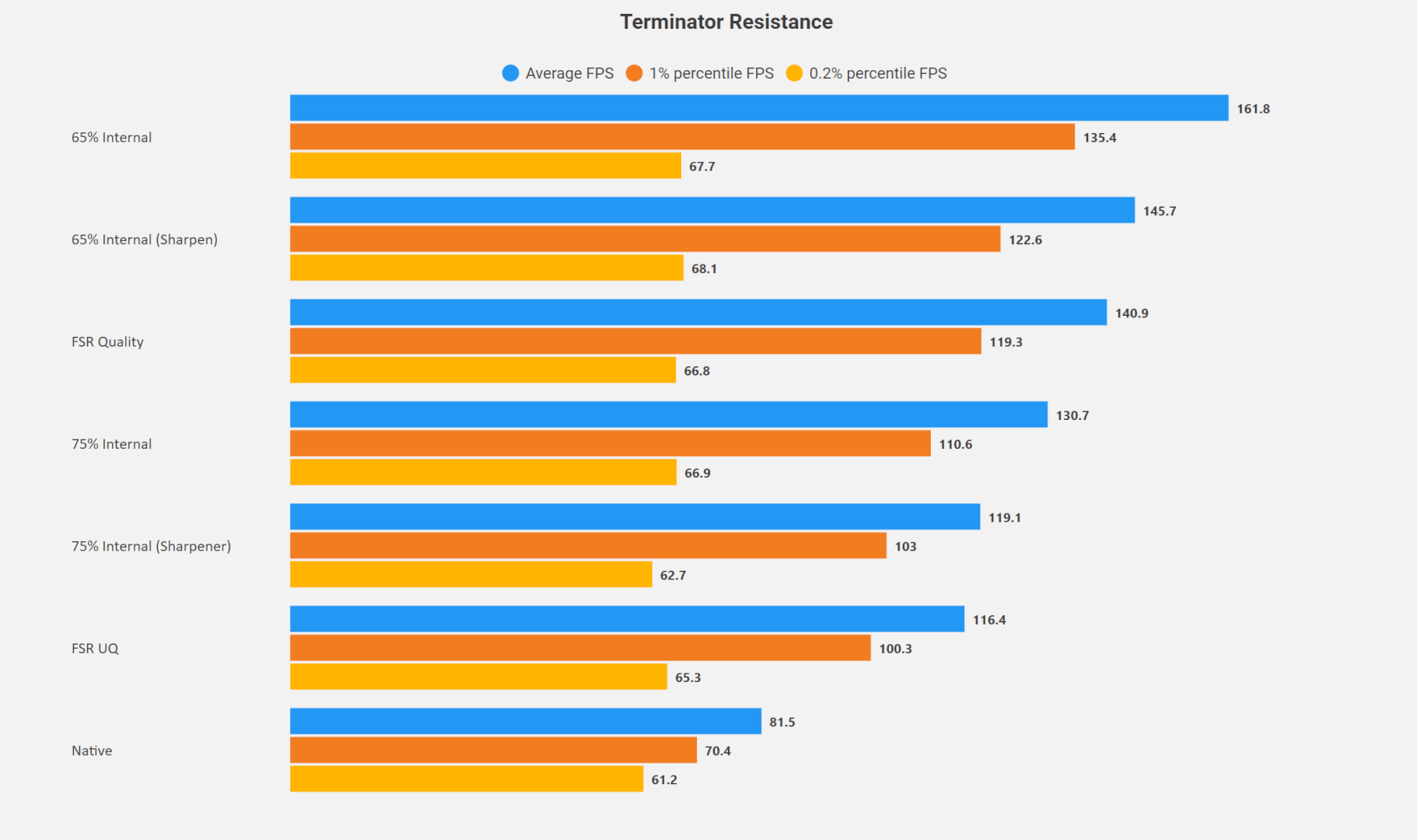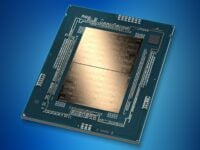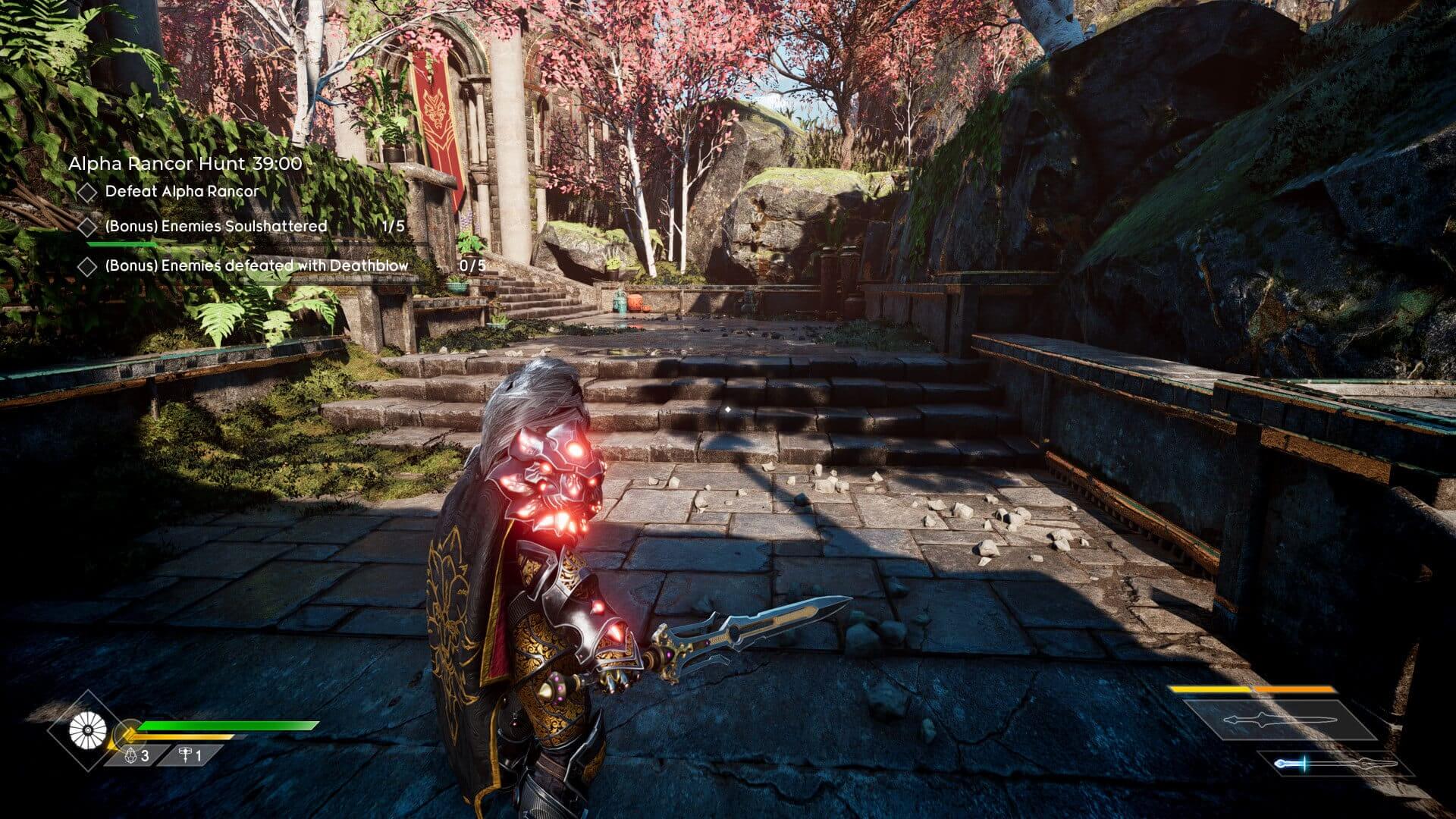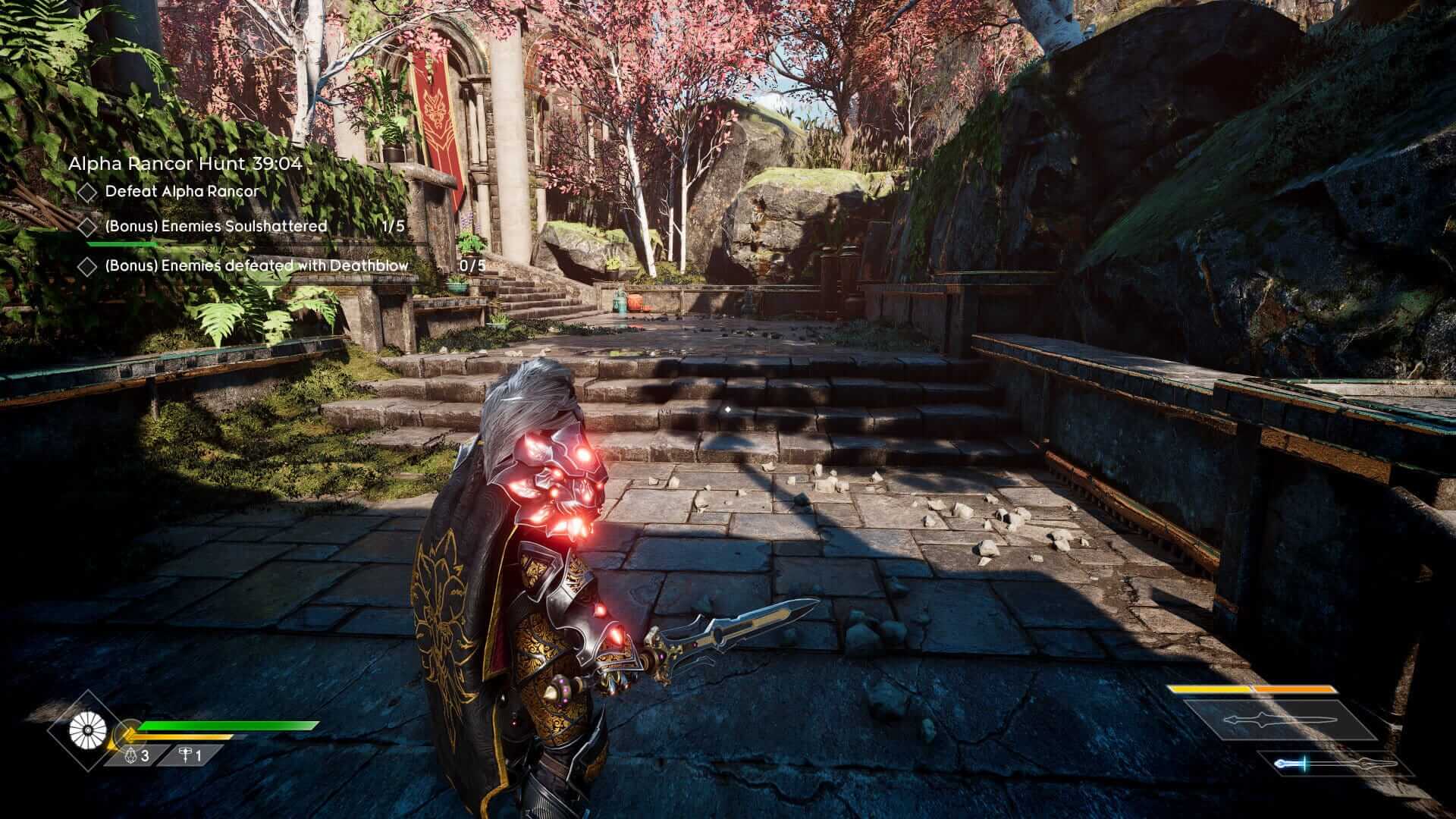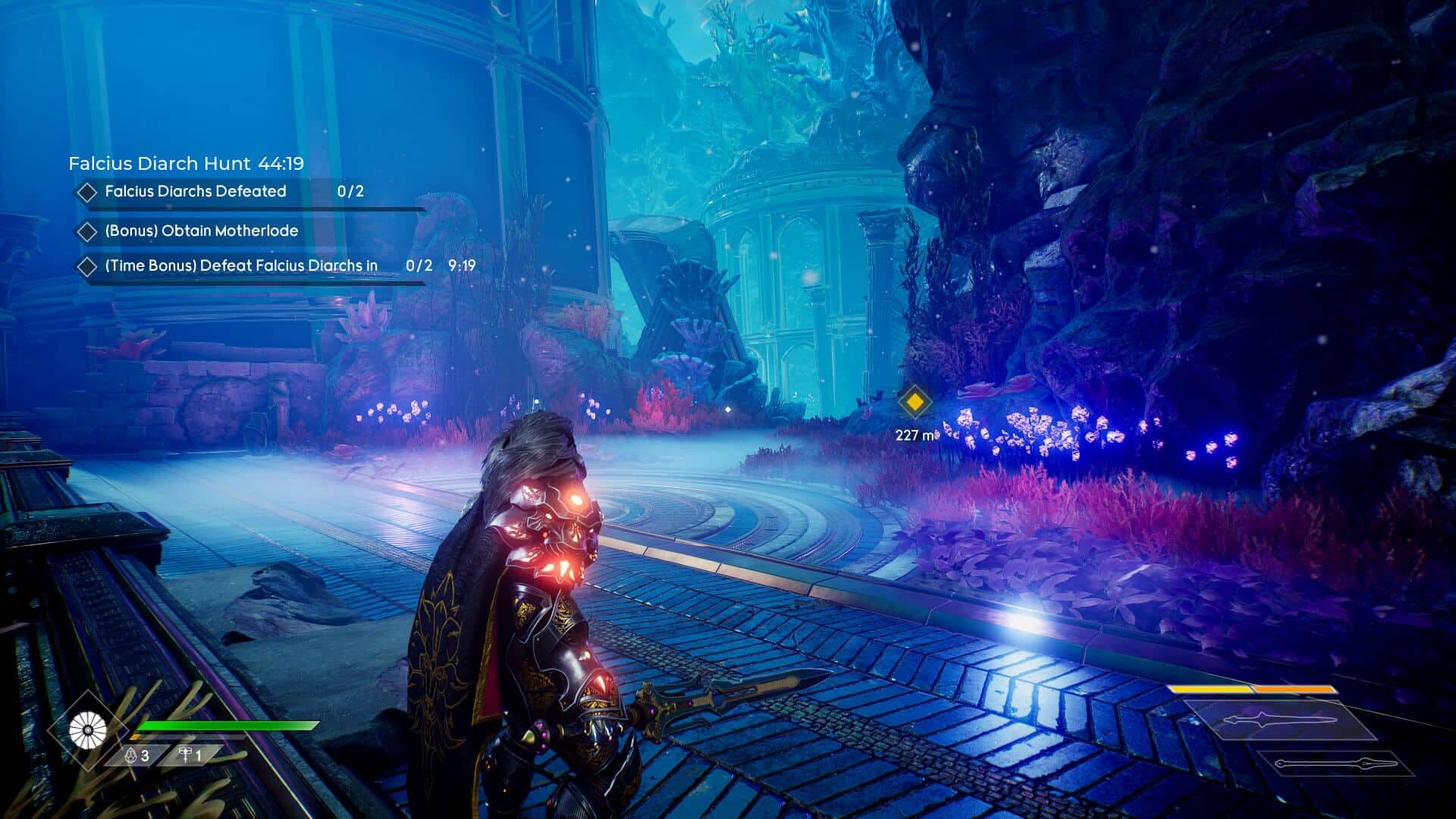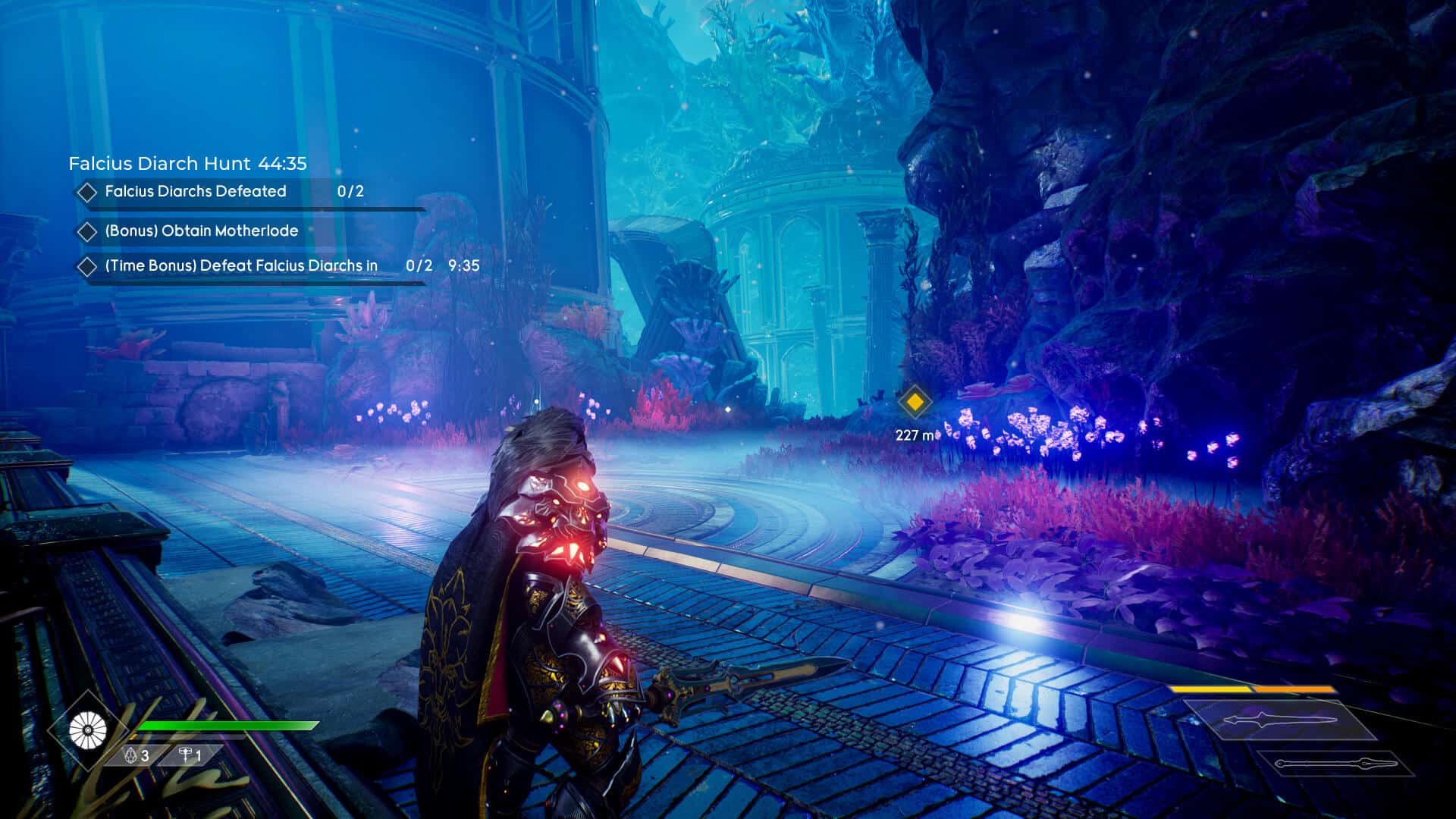Benchmarks and Conclusion
Let’s have a look at how the performance differences between bilinear (native) upscaling and FSR and how much of a difference do the sharpening filters make. Please note that the benchmarks were taken at 4K using a GeForce RTX 3070 alongside a Core i7-10700 at the “Epic” Quality preset:
That’s a healthy 2x gain with FSR quality and 1.65x with the Ultra Quality preset. The performance impact of EASU (Edge-Adaptive Spatial Upsampling) looks to be slightly higher than bilinear upscaling. Adding sharpening appears to add an overhead of 10-15 FPS (10-12%) to the BL upsampling, but even after that FSR is a smidge slower. Not surprising, but there’s probably room for improvement here.
Despite what a lot of people think, external shaders like SweetFX and ReShade aren’t very popular among mainstream PC gamers. As such, games that come with a sharpening pass such as CAS are will seemingly look a fair bit worse with FSR. On the other hand, games that don’t have an in-built sharpener will look rather sharp with FSR, merely due to the impact of contrast adaptive shading on the visual quality The former is very apparent in Godfall. Compared to Terminator: Resistance, FSR seems to cause a fairly notably hit to image sharpness. This is cos even without FSR, the game has a sharpening filter toggle:
There’s a running argument over whether FSR should be compared with DLSS or not. The answer to that is, yes and no. DLSS requires you to buy a $500 graphics card ($1,000 these days), while FSR can be used on just about anything: APU, iGPU, and even 10-year old parts. NVIDIA is serving only 15% of its userbase at the moment (5% of overall PC gamers), while AMD is looking to involve everyone. Yes, FSR (at the moment) isn’t as advanced as DLSS, but at least it’s something everyone can use. DLSS is akin to the forbidden city which only a very limited number of people can access. Furthermore, while the former requires dedicated hardware and is also hard to implement not only due to the temporal feedback aspect but the neural network training too.
I believe AMD should have released two upscalers, FSR and FSR plus. The former with a simple spatial upscaling algorithm, and the latter with temporal feedback as well. This would have allowed for easy integration of the former and a plugin of sorts for engines like Unreal and Unity for the latter. We are likely to see some form of the (FSR 2.0?) latter in the future, simply because of how widespread TAU is in modern games.
You can find the original full-screen shots here.
[taq_review]
